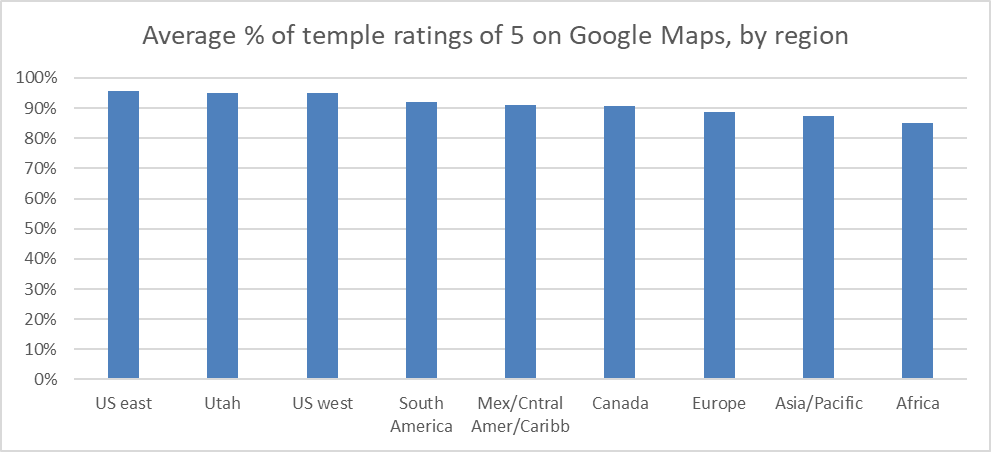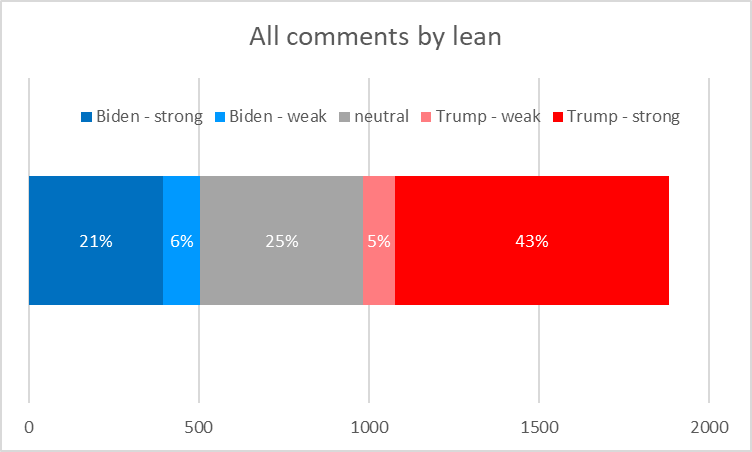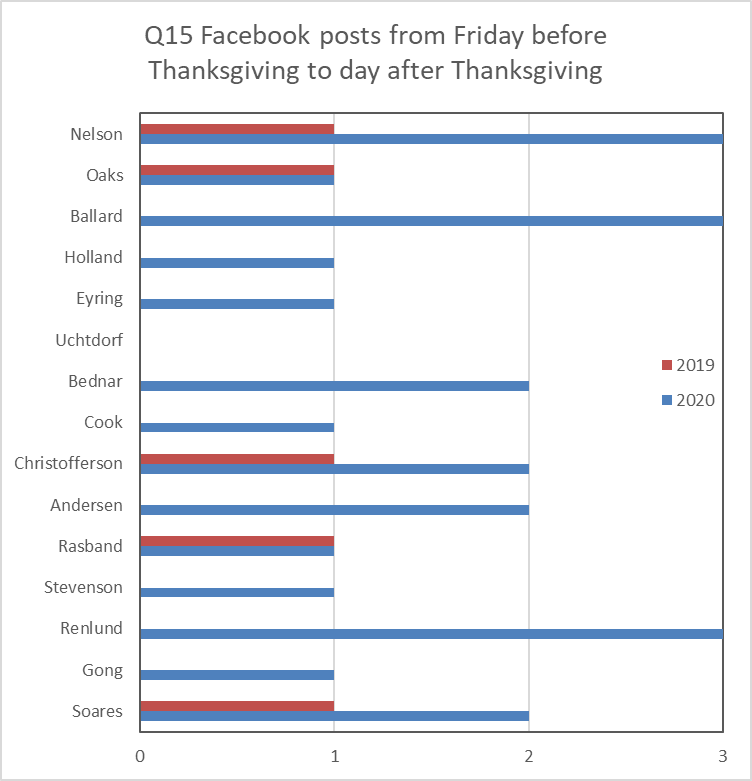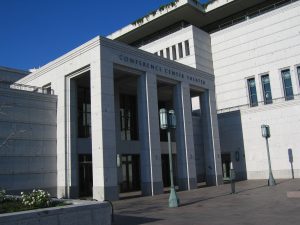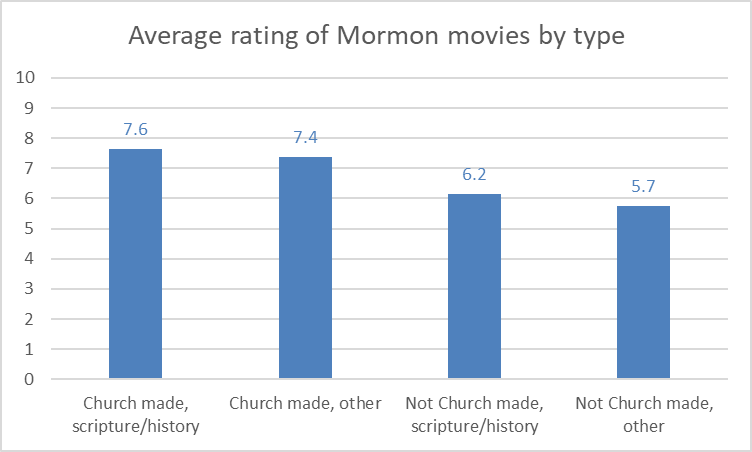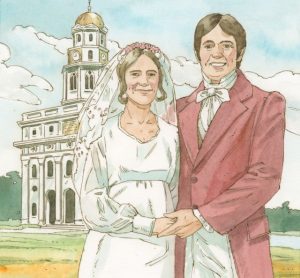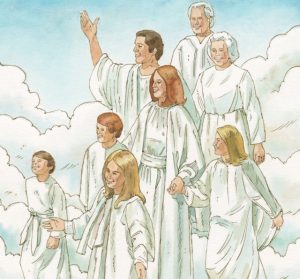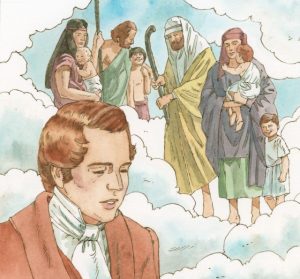Last week, I put up a post where I looked at ratings of LDS temples on Google Maps. This is a follow-up where I’m going to talk about what I read in the reviews of temples.
I looked at the same population of temples that I did in the previous post: the 168 that have been dedicated. For each, I read some of the reviews. I didn’t read all the reviews because (1) especially for the most-reviewed temples, there are a lot, and (2) many of them are pretty much the same. There are tons and tons of five-star ratings with people saying how wonderful and beautiful and peaceful the temple is, whichever temple it is. What I did is to first sort the reviews by “most relevant” and read the first 10-20, and then sort them again by “lowest rating” and read at least all the one- and two-star reviews. I chose “most relevant” because I figure Google’s algorithm for choosing these is likely to choose reviews that stand out in one way or another. I chose “lowest rating,” as you can probably guess, because it’s the five-star reviews that are the most homogeneous, and the low reviews that are most likely to say something unique (or funny!) Every unhappy temple reviewer is unhappy in their own way.
I’ll start with some general trends I noticed across reviews, and then finish by quoting some interesting and fun reviews.
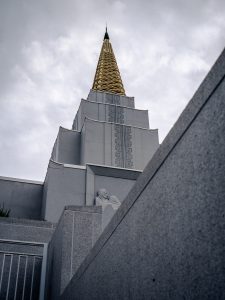
One interesting trend is that reviewers clearly disagree about who they’re writing a review for. A subset is clearly writing a review for a Mormon audience. They’ll mention all kinds of operational details about the temple, like how to find the baptistry, or they’ll give answers to questions like whether the temple requires that you make an appointment in advance, or rents clothes, or has a cafeteria or patron housing. A larger set of reviewers is writing for a non-Mormon audience. They’ll explain how you need a recommend to get in, or talk about proxy ordinances or Mormon doctrine more generally. Most often, they’ll just say how the temple is the most wonderful place in the world, and how peaceful they feel when they go there. I see this as being aimed at non-Mormons even if it’s quite vague, because Mormons already know that Mormons love to go to the temple (or at least, are supposed to love to go to the temple).
